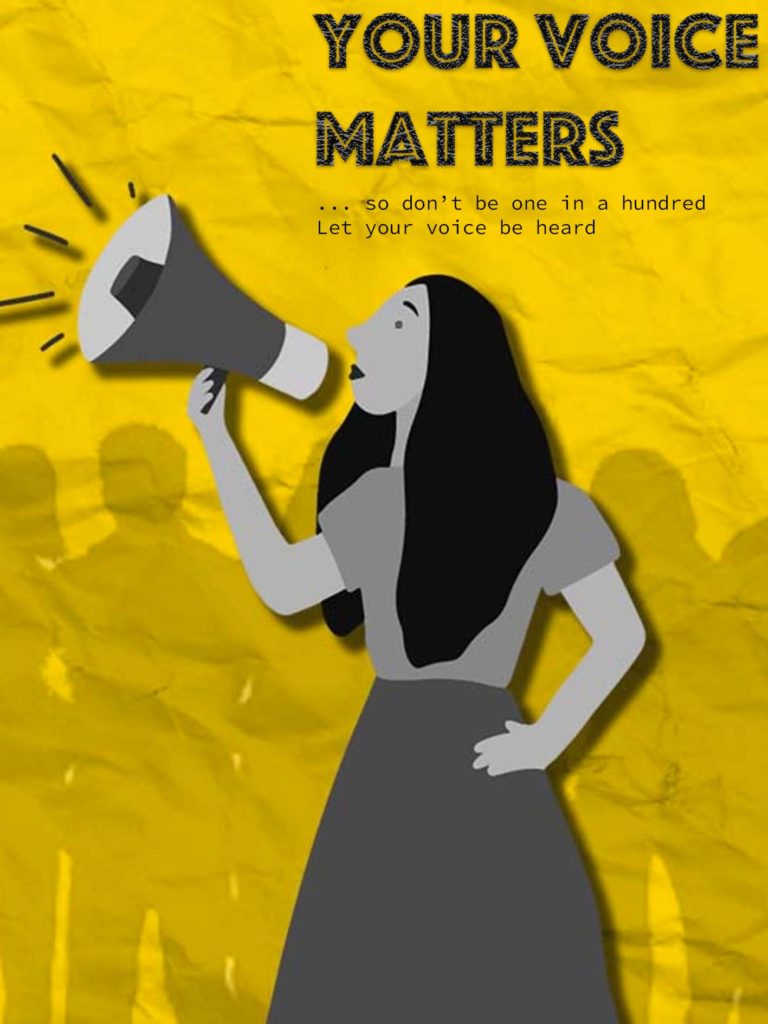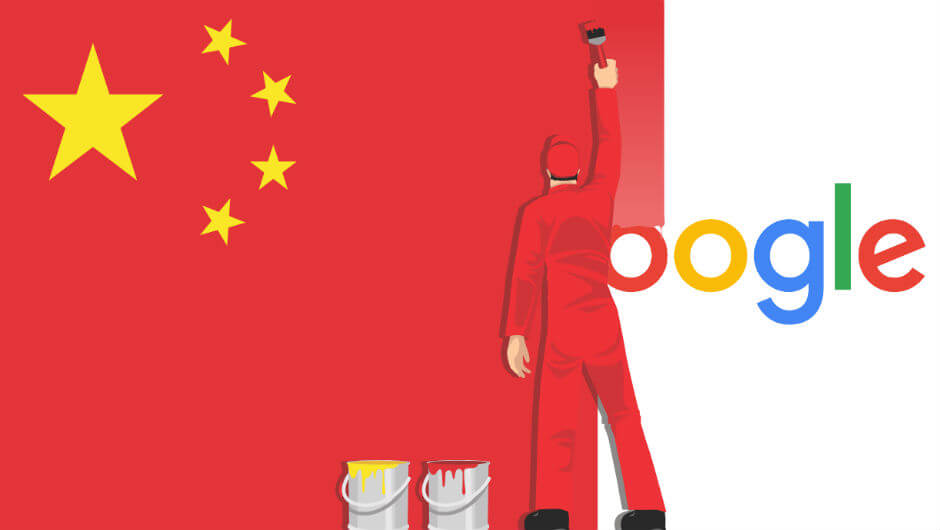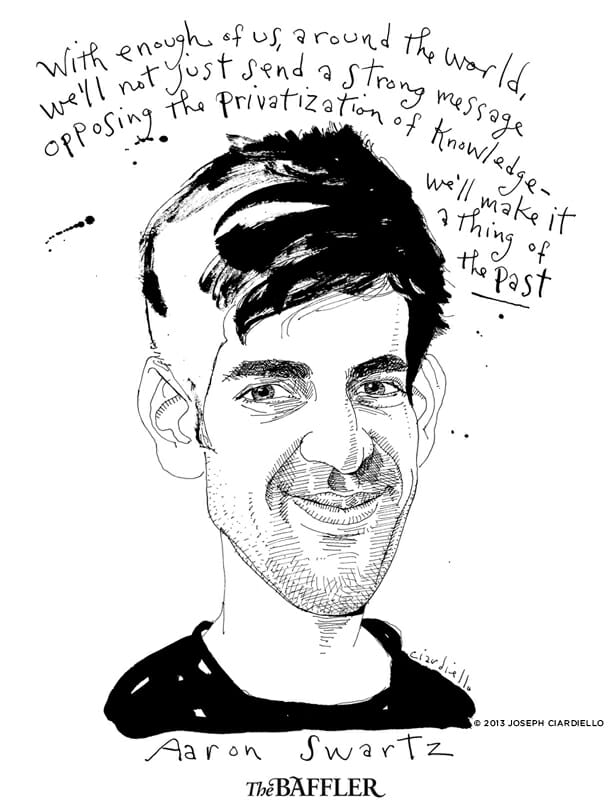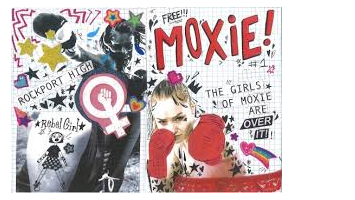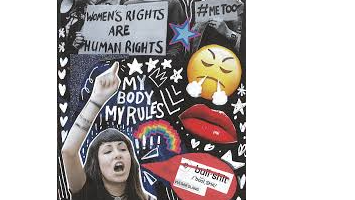| Key Question | Focus | Specifics |
| Why Regulate? | protection of children morals, ethics, relative / subjective ‘good’ behaviour criminal activity health and safety good working practices eg equal pay, job security etc Ownership to avoid monopolies, increase choice, diversity, competition privacy libel / slander / defamation of character, morals, ethics | Rooney v Vardy Depp v Heard regulate stuff that is too controversial labial, slander, reputational damage, defamation of character, ownership to avoid monopolies, Elon musk, life of Brian banned in jersey, Chinese firewall, activation, codes and convention, |
| What gets regulated? | Film Advertising Television Music Video Games Internet Books Newspapers Radio The News Magazines Cartoons / animations | |
| Who regulates what? | Government BBFC (cinema) Ofcom (radio)(broadcasting) IPSO (newspapers) MCPS (music) PRS (music) PEGI (games) Individuals Group Bodies | |
| How will regulation be put in place? | copyright rating system |
hedonism- Psychological or motivational hedonism claims that only pleasure or pain motivates us. Ethical or evaluative hedonism claims that only pleasure has worth or value and only pain or displeasure has disvalue or the opposite of worth.
We seek pleasure and try and avoid pain at all costs. For example choosing to sit on a comfy chair rather than a chair of nails is a hedonistic choice.
authoritarian- restriction to be able to do what you want by the state or government
libertarian- the idea of having freedom without state control
epicures- makes us question what pleasure is and what pain is and doubts the different ideas that we feel pain or pleasure
The Frankfurt school
pleasure gets commodified into popular culture and is inauthentic and false.
There’ this idea that happiness comes from the cultural industries and what your told make.
rise of the teenager
-birth control
-decriminalising same sex
-allowed abortion



